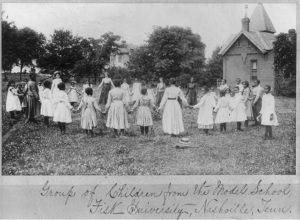Lee J. Ames (born New York, New York, 1921; died Huntington, New York, June 3, 2011) was an artist and an illustrator. He illustrated and/or wrote about 180 books. Famous for his Draw 50…books, he also illustrated books written by many authors, including Isaac Asimov, Alvin Silverstein, and Herbert Spencer Zim.
Floyd Cooper (born Tulsa, Oklahoma, 1956; died Easton, Pennsylvania, July 16, 2021) wrote and/or illustrated 110 books for children. He received the 2009 Coretta Scott King Medal for illustrating The Blacker the Berry. He has also earned Coretta Scott King Honor Awards for illustrating Meet Danitra Brown by Nikki Grimes, Brown Honey in Broomwheat Tea by Joyce Carol Thomas, and I Have Heard of a Land also by Joyce Carol Thomas.
Judith Bloom Fradin (born Chicago, Illinois, 1945) writes nonfiction books for children. Her books include The Power of One: Daisy Bates and  the Little Rock Nine and Jane Addams: Champion of Democracy. She co-wrote many books with her husband, Dennis Brindel Fradin. He passed away not long ago. I hope she continues to write books that children so desperately need.
the Little Rock Nine and Jane Addams: Champion of Democracy. She co-wrote many books with her husband, Dennis Brindel Fradin. He passed away not long ago. I hope she continues to write books that children so desperately need.
Stephen Hawking (born Oxford, United Kingdom, 1942; died Cambridge, United Kingdom, March 14, 2018) was a theoretical physicist studying concepts on relativity and black holes. One of his most famous books is A Brief History of Time. He wrote with his daughter, Lucy Hawking, three books for children, George and the Big Bang, George’s Secret Key to the Universe, and George’s Cosmic Treasure Hunt. Children can read more about him at a website devoted to him: http://www.hawking.org.uk/.
Stephen Manes (born Pittsburgh, Pennsylvania, 1949) writes books for children. A former writer on computers and technology, Manes has written over 30 books for children. His books include How to Be a Perfect Person in Three Days and Where Snowflakes Dance and Swear. Older children can read more about him at: Stephen Manes.
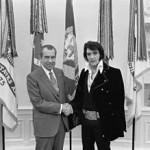
Elvis Presley Meets Richard Nxon
Elvis Presley (born Tupelo, Mississippi, 1935; died Memphis, Tennessee, August 16, 1977) was a rock and roll star and actor. His works include Jailhouse Rock and Heartbreak Hotel. He also acted in 27 movies. Idea: Have an Elvis impersonation event.
Marjorie Priceman (born Long Island, New York, 1958) has written and/or illustrated at least 30 books for children. She has earned two Caldecott Honor Awards: in 2001 for Zin! Zin! Zin! A Violin and in 2006 for Hot Air!: The (Mostly) True Story of the First Hot-Air Balloon Ride.
Elisabetta Sirani (born Bologna, Italy, 1638; died Bologna, Italy, August 28, 1665) was one of a handful of women painters of the time. She painted almost two hundred works of art and established a painting school for women. Children can view two of her works at: Elisabetta Sirani.
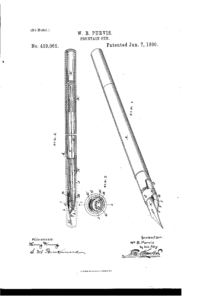


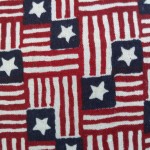
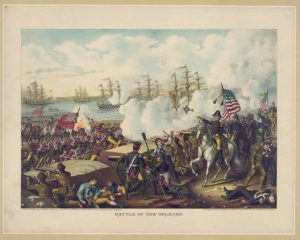

 the Little Rock Nine and Jane Addams: Champion of Democracy. She co-wrote many books with her husband, Dennis Brindel Fradin. He passed away not long ago. I hope she continues to write books that children so desperately need.
the Little Rock Nine and Jane Addams: Champion of Democracy. She co-wrote many books with her husband, Dennis Brindel Fradin. He passed away not long ago. I hope she continues to write books that children so desperately need.

